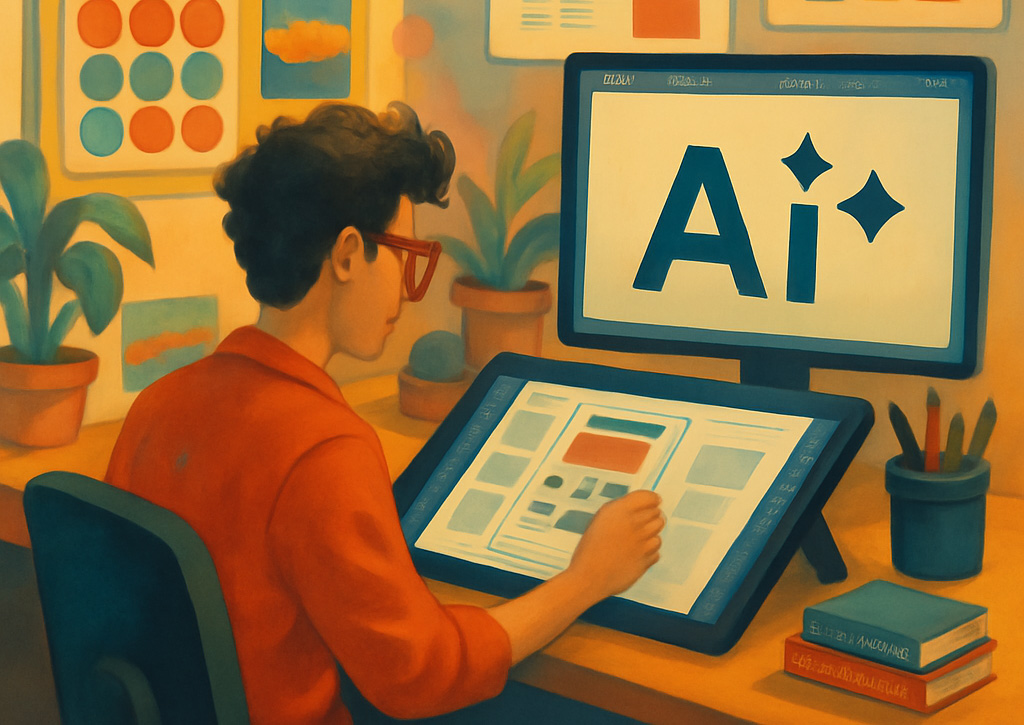Here’s what I wish I knew earlier.
1. Tools Are Just a Means to an End
I’ve reviewed many portfolios filled with polished UI designs. But when I ask, Why did you design it this way?, many designers struggle to answer.
A great UX designer can explain their choices. They don’t say, It looks good. They say, This layout reduces friction and helps users complete their tasks faster.
Design tools help us bring ideas to life, but the thinking behind them matters more.
2. Start by Asking the Right Questions
Early in my career, I jumped into designing too soon. I assumed I knew what users needed. That was a mistake.
Now, before I open any design tool, I ask:
- What problem are we solving?
- Who is the user?
- What is stopping them from achieving their goal?
Some of my best designs started with research, not wireframes. Understanding the problem first saves time and leads to better solutions.
3. Good UX Requires Critical Thinking
Copying popular design patterns without understanding them is a bad habit. Just because a big company does something doesn’t mean it’s right for your users.
Once, a client wanted a multi-step checkout because Amazon had one. But their users only bought one item at a time, so extra steps made things harder.
A good UX designer questions everything.
- Does this feature actually help the user?
- Is there a simpler way to solve this problem?
- What does the data tell us?
Design isn’t just about how something looks—it’s about how it works.
4. Testing and Data Matter More Than Looks
I used to obsess over perfect UI. Then I saw ugly prototypes outperform my designs in usability tests.
Users don’t care about perfect spacing or colors if they can’t complete their tasks. Now, I focus on:
- Testing designs early and often.
- Using data to guide decisions.
- Prioritizing clarity over aesthetics.
Good UX isn’t about making things look pretty. It’s about making things easy to use.
5. Your Job Is to Persuade, Not Just Design
A big part of UX is explaining and defending your choices.
I’ve had to convince teams to choose usability over flashy designs. The best way to do this? Show proof.
- Use real user feedback.
- Share test results.
- Explain decisions in simple terms.
A great design won’t go live if you can’t get others to support it.
Final Thoughts
If you want to grow as a UX designer, focus less on tools and more on thinking. The best designers:
- Ask questions before designing.
- Solve real user problems.
- Use data to make decisions.
- Explain their work clearly.
Anyone can learn Figma. Not everyone can think like a UX designer. That’s what sets you apart.







